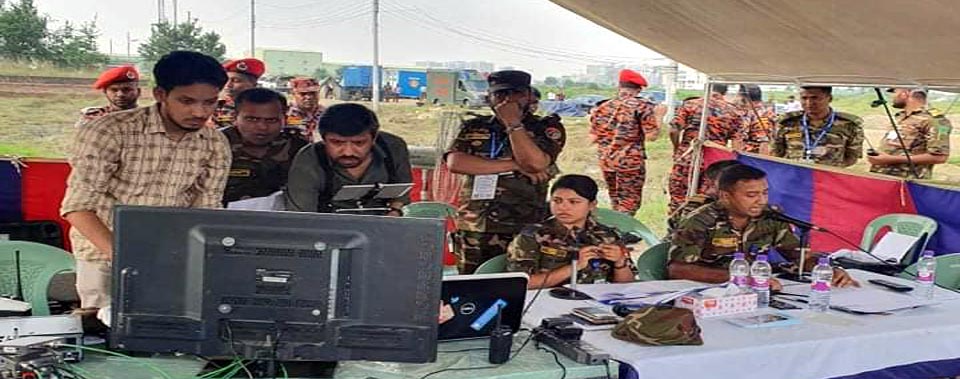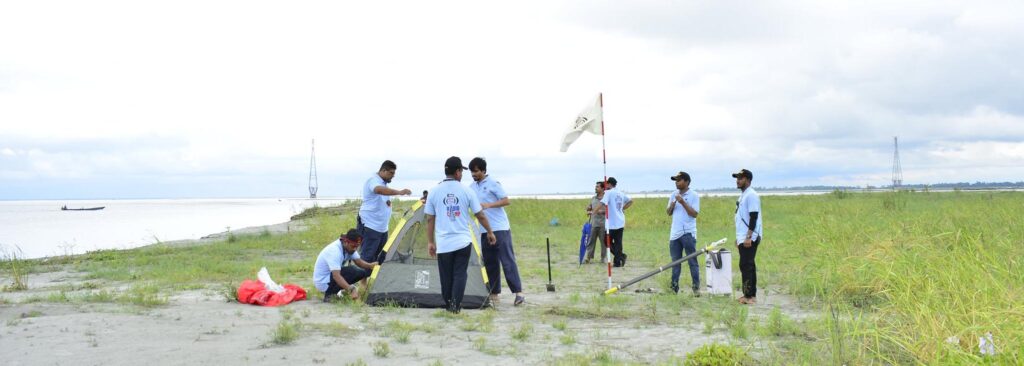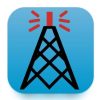Welcome to Ham Radio World
 Welcome to Ham Radio World
Welcome to Ham Radio World
Amateur Radio
Completely non-profit hobby
Completely non-profit hobby

by Callsign
Application Last Date 17-04-2025 - 5.00PM
Ham Apps
The Names of those who contributing-

S21DI
Rahat Khan

S21SPS
Pulak Sarker

S21MEV
Iftakhar Mahmud

S21OMH
Ovijit Mridha

S21TCV
MD Khairul Islam

S21DBA
Samrat

S21KV
Kawsar Mohammad

S2PL
Md Pappu

S21IT
Tahsin Rahman Abir

S21RC
Fazlay Rabby

S21KMP
Nazmul Hasan

S21AF
Fahad

S21BDK
Rezaul Karim

S21ALT
Md Zaved Khan
Todays visits : 8 ,Total Visitor : 1,663
Support by: Bangladesh Technical Education Board Approved UCTC-50810













